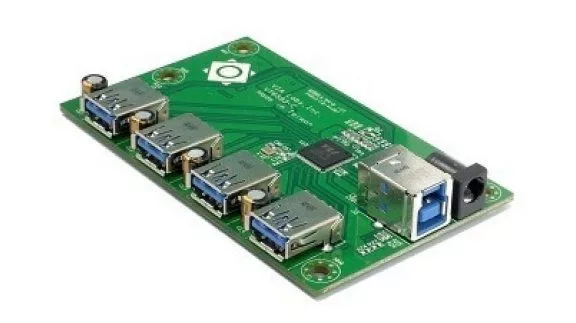
Selecting a power supply for your equipment typically involves choosing between linear or switching power supplies. They each have their strengths and weaknesses, and that can affect which you choose for your needs.
A big advantage for switching power supplies is their lower weight and smaller size. This leads to savings for the manufacturer in material costs and space saving if housed inside the unit. Switching power supplies are normally much more efficient than linear supplies as well, potentially saving the user and society a lot of energy costs.
Linear power supplies on the other hand have advantages in other areas of performance, such as low ripple and noise, and good transient response. Some equipment like medical equipment, test, and audio applications benefit from these features of linear power supplies. Side note - some of these applications use a hybrid of switching power supplies with a linear output stage to address noise and ripple. Another feature of linear supplies is that they have a simpler design, lower parts count, and tend to be more reliable for those reasons.
For consumer grade products, almost everything is going switching. As switching designs get better at overcoming the design complexity and noise issues, the advantages of lower cost and efficiency (sometimes government regulations play a part in requiring more eff.) really start to shine. For products distributed worldwide the small size and almost universal input voltage make switching power supplies an easy choice.
Quick list:
Switching power supplies
1) Lower weight
2) Small size for a given power output
3) High input voltage tolerance
4) Poor transient response
Linear power supplies
1) Low ripple
2) Low noise
3) Low leakage current
4) Good transient response
5) Lower efficiency
6) Waste heat
7) Low input voltage leads to poor output regulation














